Three Days Along The Rocky Mountain Front
Sculpted into jagged peaks by glaciers, then scoured over millions of years by wind, rain, and geological shifts, the mountainous terrain of the Rockies bear down in a hostile fashion along the eastern edge of the Rocky Mountain Front. Here, in the overthrust belt, older, harder rocks of limestone lie on top of their much younger predecessors, acting like a corral for the great glaciers that poured out of the Rockies onto the flatlands and creating large sheets of stagnant ice that covered much of what is now Eastern Montana.
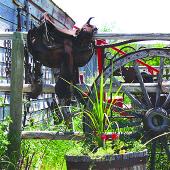
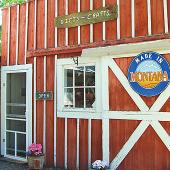
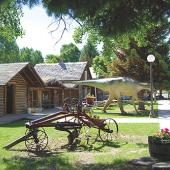
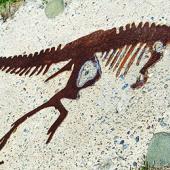
Just as startling, unyielding, and unfathomable as the Rockies is the great Eastern Plains that make up a whopping two-thirds of the state of Montana. These two very different, contrasting faces of Montana meet as if by accident along the roughly 110-mile drive down the eastern edge of the Rocky Mountain Front. Dave Walter put it succinctly in Montana Century when he said that “Montana is a hybrid straddling two distinct geophysical regions: the Great Plains and the Northern Rockies.” It is here, following scenic Highway 89 from Browning to Choteau, then south on US Route 287 across the Sun River to the crossroads of State Route 200 (known by locals as 4-Corners), where 10,000-foot peaks transition dramatically into the flat country of the Eastern Montana plains.
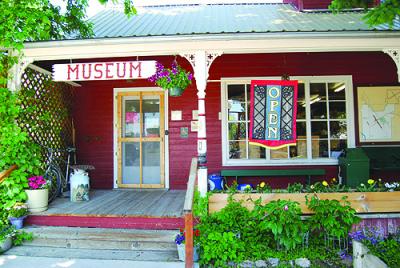
Short grass prairies, checkerboard farms, and open rangeland dotted with occasional stands of willows butt up abruptly to the magnificent Glacier National Park, Lewis and Clark National Forest, and the Bob Marshall Wilderness. Not only magnificent scenery draws many to the front, but also its history, recreation, archeology, accommodations, and the hint of something more. In the early morning as dawn breaks across the prairie sky’s smoky grey migrating to dusty rose, the snow-bound peaks appear to float up from the flatlands into a pillow of clouds, leaving you to wonder about their existence at all. If you dare turn your back on the Crown of the Continent to the west and feast your eyes across the vast openness of the great unending plains to the east, you may find yourself unsettled and unnerved. It has had this effect on even the sturdiest of figures down through the ages. It’s best to heed the advice of those who came before us, time to cowboy up. This could be the best three days of your life.
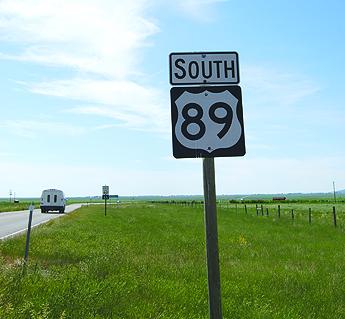
The Blackfeet Reservation (also known as Pikuni), located on the front’s northernmost section, is a perfect place to start. One of the earliest settlers in Montana and its largest tribe, the Blackfeet are a nation within a nation, established as a “domestic sovereign” Indian Nation by the Treaty of 1855. Today, the Blackfeet Reservation comprises a mere 1.5 million acres, bounded by Alberta, Canada, to the north, Lewis and Clark Forest to the south, Glacier National Park to the west and Toole County to the east.
These sacred grounds, used for hundreds of years for vision quests, spiritual retreats, and other cultural purposes, are wonderfully viewed and enjoyed from the Lodgepole Gallery and Tipi Village, (located just two and a half miles north of Browning). Here, Darrell Norman, a traditional artist and Blackfeet tribal member, and his European born wife, Angelika, provide an opportunity to learn more about the culture. Sleep in authentic Blackfeet canvas tipis and after a traditional meal of perhaps buffalo, deer, elk, or fish, gather around the campfire for stories, drumming, and singing. As you gaze upon star-studded skies, coyotes howl in the distance and cool air shoots down from the peaks of Glacier National Park stirring the crackling fire pit.
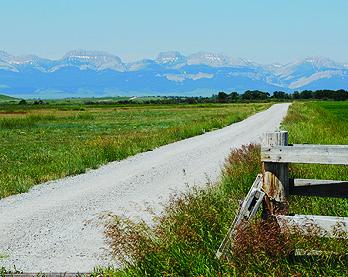
“We have a very strong oral and sacred tradition associated with the Crown of the Rockies,” says Curly Bear Wagner, a celebrated Blackfeet historian and cultural leader and Director of the Going-to-the-Sun Institute. Curly Bear passes on his lifelong passion for Blackfeet and Northern Plains culture through his historical and cultural tours. On these tours, Curly Bear explains the traditions and history behind many sacred sites located on the Blackfeet Nation. He talks of buffalo jumps, tipi rings, the sun dance lodge, and he talks about the reasons behind the starvation winter of 1883-1884, during which 600 people died because government rations failed to arrive. Curly Bear connects you with the land and its people in the same way that his ancestors have been doing for thousands of years. His tours depart from the Museum of the Plains Indians in Browning.
While the Blackfeet Heritage Center may not look like much from the outside, currently housed in what used to be Bob Scrivers’ gallery, it is well worth your time. Here lies the opportunity to broaden your understanding of these First People’s way of life through the center’s tremendous diversity of art (they represent over 500 native artists) and their cultural dioramas. These dioramas illustrate ceremonial life in the early 1800’s such as the opening of the medicine pipe bundle, sacred burials, and warriors preparing for war. If you call ahead and schedule a cultural interpreter, they bring paintings to life and enrich your time at the center.
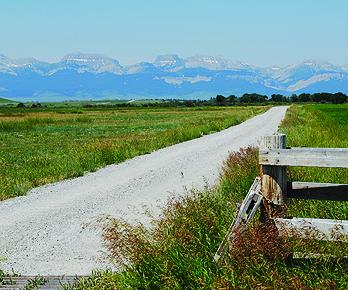
Midway between Browning and Choteau lies the sleepy, almost-not-there town of Dupuyer. Established in 1886, it’s one of the oldest towns along the front; cattle outnumber people by more than eight to one. Here the Rockies create an abrupt dark outline against the light blue sky; fields of winter wheat and malting barley intermix with rangeland, and bears still roam the open prairies. Homesteaders followed the fur traders and whisky runners and set up sheep operations here before the cattle barons began running herds on the Blackfeet reservation at will. Less than a quarter-mile west off the main road, fourth generation residents, Rita and Jo Christiaens, restored one of these sheepherder’s homesteads and run it today as the Inn Dupuyer Bed and Breakfast. Treasures from Rita’s father’s close connection to his Blackfeet neighbors are displayed in the Blackfeet and Buffalo bedroom. Upstairs in the Prairie Homestead bedroom are a wedding ring quilt, rocking chair, lace curtains, and soothing cool-toned frame windows filled with views of the Rockies. “We pay homage to the inhabitants that were here before us; life after all is an evolution,” says Rita. Outside, an authentic Blackfoot tipi makes for fun storytelling evenings, and the restored sheepherder’s wagon is available for overnight lodging. A perfect place for the next two days of discovery.
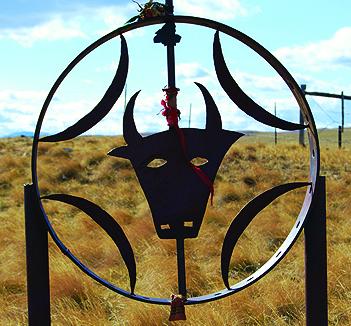
Dupuyer, along with Choteau and Augusta further south, provide a plethora of access sites to explore the more than thousand miles of Bob Marshall Wilderness trails. The Rocky Mountain District Ranger office in Choteau is a great place to start in planning your hiking, mountain biking, picnicking, or climbing activities. However, the Theodore Roosevelt Memorial Ranch, owned and operated by the Boone and Crockett Club, has established a Watchable Wildlife trail on the back roads just west of Dupuyer. This is a great starter trail to view the front’s diverse ecology and wildlife. Down on the cottonwood river bottoms and across the limber pine ridges, Aspen stands, and limestone cliffs you’ll find a birders’ paradise. Also hidden within, though rarely seen, are bobcats, grizzlies, mountain lions, and many small furry creatures. Additional worthy hikes include hunting for the 20-plus markers sprinkled just west of Dupuyer, Bynum, and Choteau that commemorate traces of the Old North Trail—one that carried the continent’s first inhabitants from an ice bridge across Siberia southward to Mexico over 25,000 years ago.
Much of Montana’s rich history lies at the feet of the Rocky Mountain Front. Yet long before the Rockies formed, dinosaurs dominated the shifting rock and sediments of Montana. These large roaming beasts left an indelible mark and indeed made paleontology history. On a low badlands hill nicknamed “Egg Mountain,” located 12 miles west of Choteau, dinosaur embryos (the first in the world) and nested dinosaurs (the first in North America) were discovered in the 1970’s by Jack Horner and two local families, the Brandvold’s and Trexler’s. The Two Medicine Dinosaur Center in Bynum and the Old Trail Museum in Choteau exhibit many fossils and skeletons found in these badlands; both offer hands on paleontology field research programs that range from three hours to ten days. (It could be that three days along the front isn’t enough time, after all.)
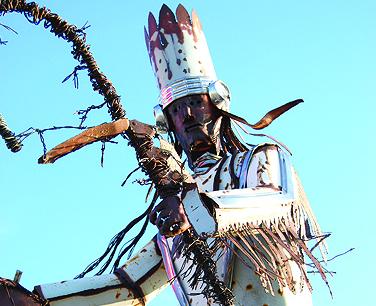
Charlie Russell may have been one of the first and most famous artists to draw and paint these sacred, glacier-scarred, two-faced landscapes but certainly not the last. Latigo and Lace, located in Augusta, with its western storefront, 1900’s theme, and fine art is well regarded as the cultural watering hole of the front’s sparsely populated, 100-plus-mile neighborhood. Here you’ll find the spirit of Russell alive in fellow artists’ work with oil, watercolor, antler carvings, pottery, bronzes, quilts, leather, beadwork, and more. (While you’re there, grab a cappuccino, one of the few you’re likely to get in these parts.)
The Rocky Mountain Front is a special place in Montana. Whether you spend three days, three months or three years here, where the heavens meet the mountains and the mountains meet the prairies, it will stay with you forever.
Lodgepole Gallery and Tipi Village
(406) 338-2787
Browning, Montana
Curly Bear Wagner
www.blackfeetnationstore.com/blackfeettour.html
Email: [email protected]
(406) 338-2058
Browning, Montana
Museum of the Plains Indians
www.blackfeetcountry.com/museum.html
(406) 338-2230
Browning, Montana
Blackfeet Heritage Center
www.siyehdevelopment.com/heritage.html
(406) 338-5661
Browning, Montana
Inn Dupuyer Bed and Breakfast
(406) 472-3241
Dupuyer, Montana
Rocky Mountain Ranger District
(406) 466-5341
1102 Main Avenue N.W.
Choteau, Montana
Boone and Crockett Club
(406) 472-3380
Dupuyer, Montana
Two Medicine Dinosaur Center
1 (800) 238-6873
(406) 469-2211
Bynum, Montana
Old Trail Museum
(406) 466-5332
Choteau, Montana
Latigo and Lace
www.goldwest.visitmt.com/listings/10337.htm
(406) 562-3665
Augusta, Montana
~ Kim Thielman-Ibes grew up in eastern Montana. Armed with an unrelenting curiosity, a love for the outdoors, an MBA, and a wagon full of books she lives and writes in Bozeman.


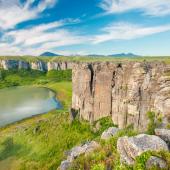
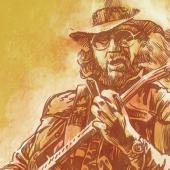
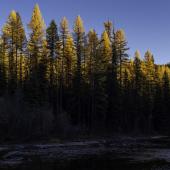
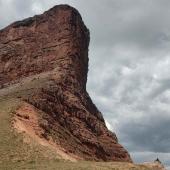
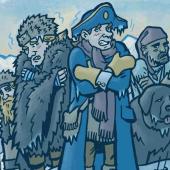
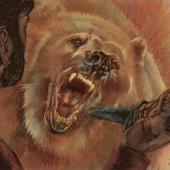


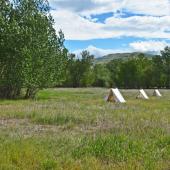
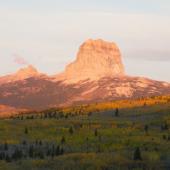
Leave a Comment Here